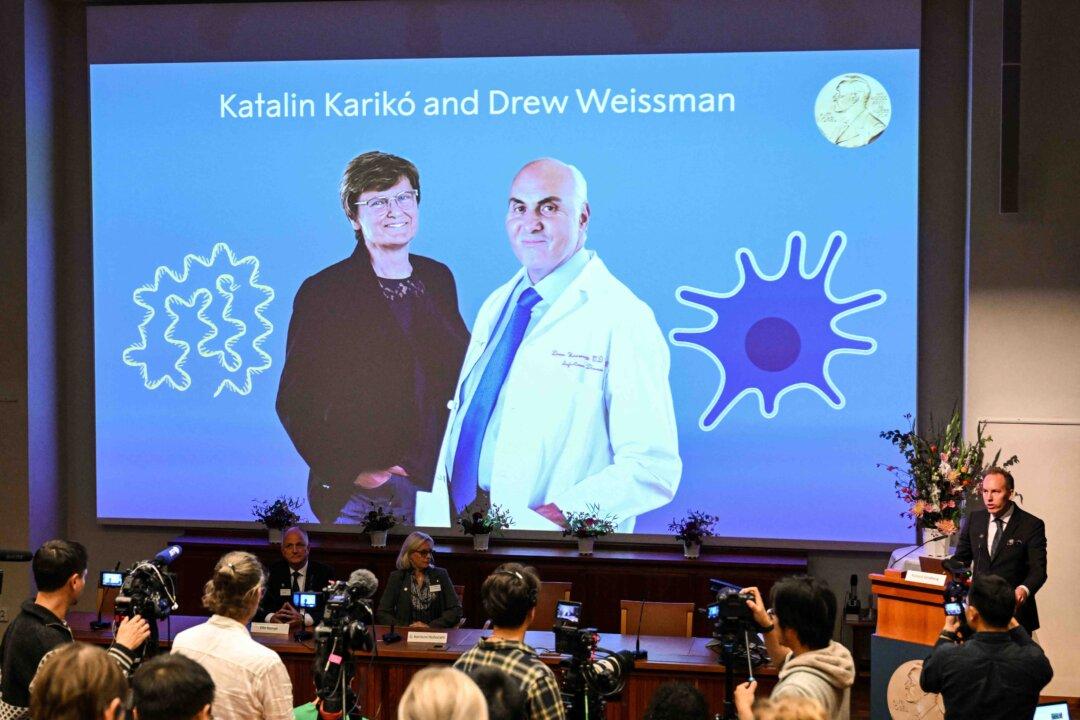Commentary
In early 1918, when World War I entered its final year, the H1N1 influenza A virus infected millions of people, causing the Spanish flu pandemic. By April 1920, after four waves and almost 100 million deaths, the pandemic ended. H1N1 became much less deadly and caused only ordinary seasonal flu. It had become an endemic virus.





